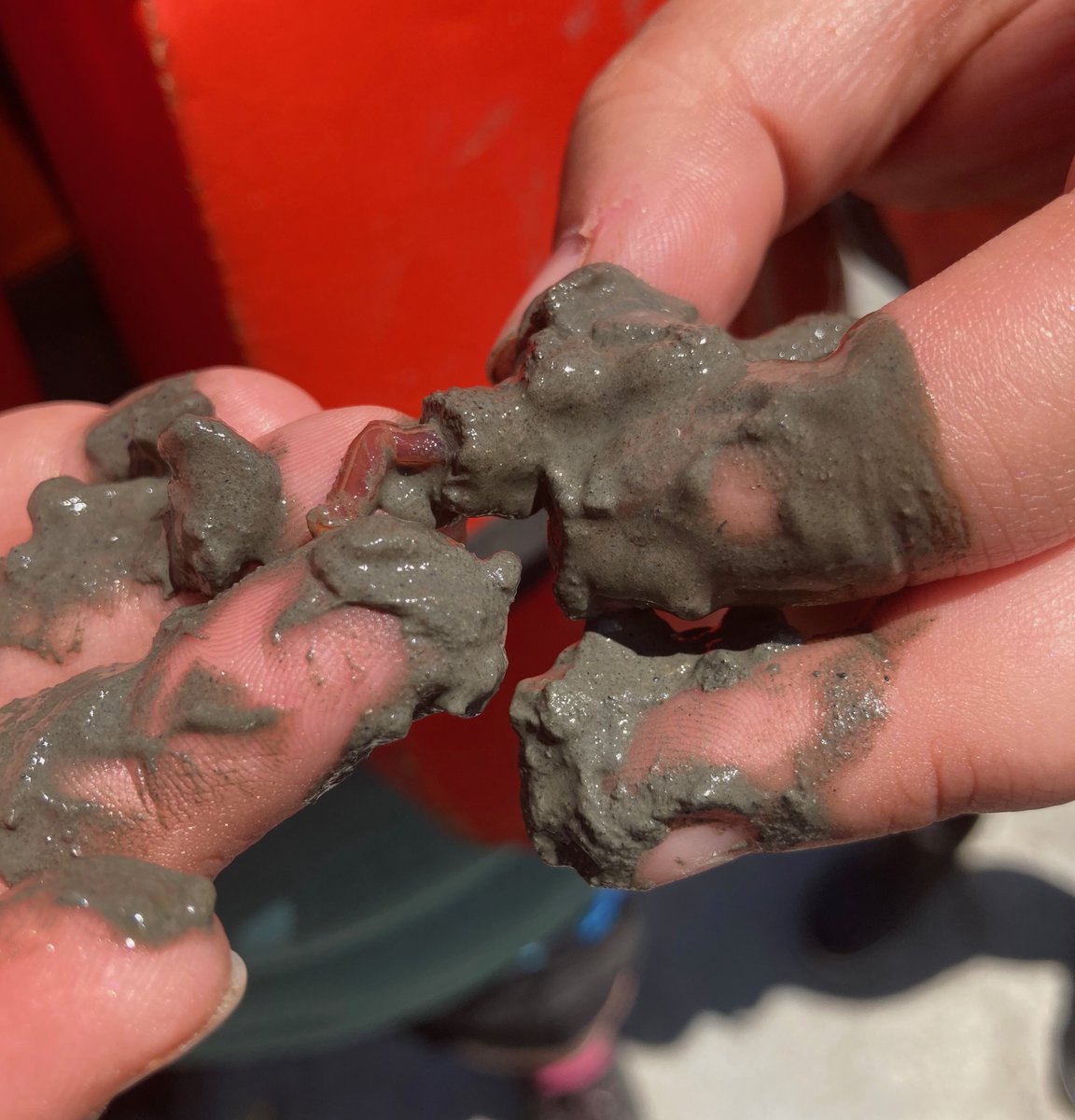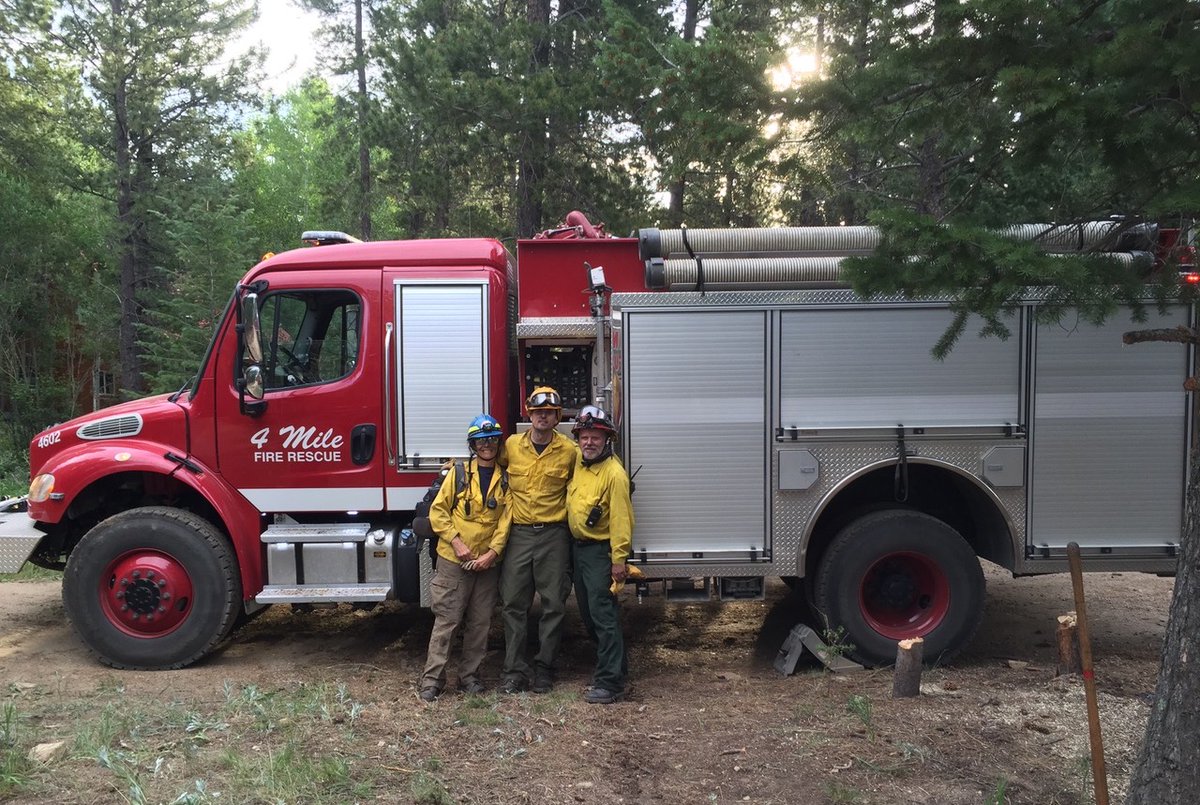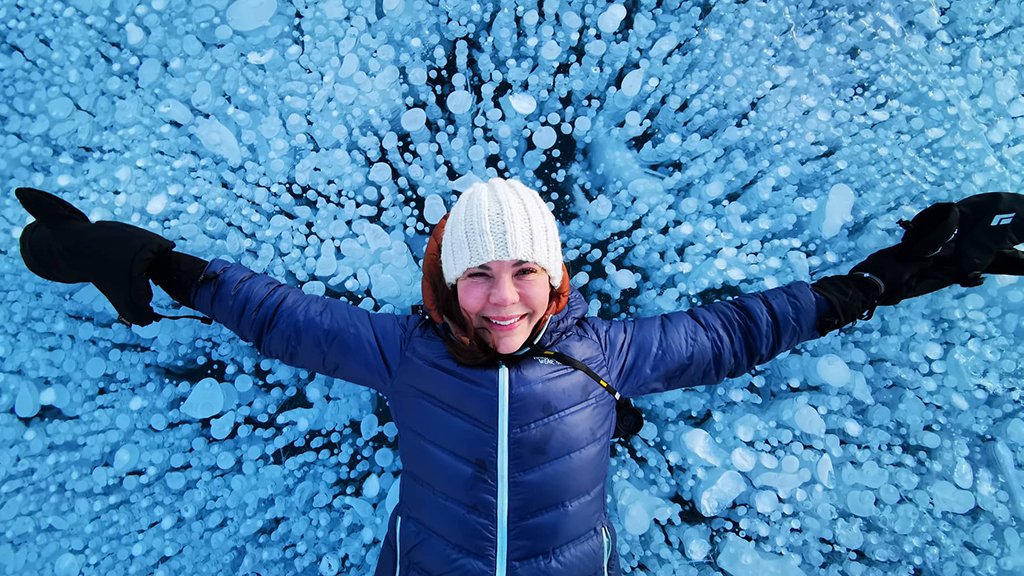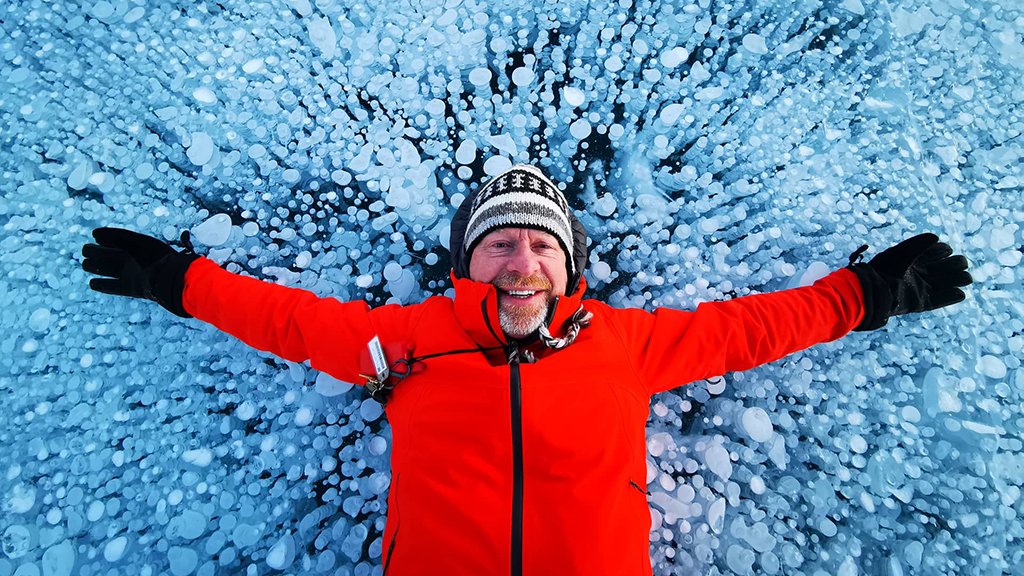
Hi, I’m Shaily Rahman. I’m a geochemist and oceanographer. I work in coastal systems. On this project, my focus is studying the reactive silicon cycle.
#DiversityinSTEM #WomenInSTEM #POCinSTEM
#gueSTAAR
#DiversityinSTEM #WomenInSTEM #POCinSTEM
#gueSTAAR

#Silicon is the second most abundant element in the Earth’s crust. It exerts strong controls over the global carbon cycle and many trace element cycles. But we have very few tracers that show how reactive silicon moves around the surface of our planet.
Diatoms, a type of phytoplankton, need dissolved silica to reproduce and to build their shells out of amorphous glass. They're responsible for 15 to 18 % of global oxygen production.
When diatoms die, they sink, along with whatever carbon they’ve fixed—that’s another way they’re connected to the carbon cycle. So, we want to get a grip on this element’s biogeochemical cycle on the surface of our planet. 

We’re in Louisiana collecting data to investigate extreme disturbances to the sedimentary silica cycle, specifically #HurricaneIda. We took samples from the Mississippi Delta seafloor in the Gulf of Mexico and in the Mississippi River from the research vessel Pelican. #LUMCON 

Previous cruises by our group and earlier by other researchers started giving us a picture of sedimentary #silicacycle through time, kind of a baseline that we could compare to after extreme events, such as Hurricane Ida.
When we finish, we’ll have five seasons of data from the Mississippi Delta. Something like that hasn’t been been published before for the delta, as far as we know.
We happened to be out here two weeks before Hurricane Ida, a Category 4 storm that was strong enough to reverse the flow of the Mississippi River. We asked for funding from NSF to resample the same sites to see how Ida had affected things. 

It may have resuspended up to half a meter of sediment in the coastal zone. Did the diatom shells in sediment stay put? Or did they dissolve to silica, diffuse back into the water column, and become available again as a nutrient? 

Diatoms are at the base of marine food webs. The fishing industry in the Gulf of Mexico generates ~$1B of revenue. And the Gulf may experience hurricanes like Ida more often. We want to see what impact, if any, these extreme events have on diatoms & the regional marine food cycle 

To do that we go out and take multi-cores, which are basically hollow tubes that get dropped down into the seafloor with weights on top. The tubes get lowered into the sediment vertically and basically acquire a column of sediment, called a core.
These cores capture the way the sediments settled on the seabed in chronological order (younger sediment on top, older sediment at the bottom).
We take slices from the cores, separate out the water to look for dissolved nutrients and trace elements, then save the sediments for some solid phase analysis. 

We find worms and other animals at some sites, depending on the season. And they play a role in flushing sediments and moving water through the upper seabed, so they have impacts on whatever element cycle you’re studying. This is called bioturbation and bioirrigation. 

For the sediments, we’ll analyze their grain size—what percentage is silt, clay, sand, or pebbles? We do chemical extractions to see what kind of phases are there.
I also work with a naturally occurring radioactive nuclide of silicon. Diatoms take it up in surface waters, and it basically acts as a tag of silicon in their shells, so that you can follow what happens to it as it moves between different solid phases in the seabed. 

The other group I’m working with on the cruise will look at stable isotopes of silicon and lithium in pore water so that we’ll have a few ways to track what happens in the sedimentary silica cycle post-hurricane. @disealab 

A lot of the core samples will get stored for future projects, like looking at whether heavy metals and arsenic become mobilized and their subsequent health effects. Each layer of core is frozen and preserved for future student projects. 

Deltas are really cool features. They’re massive; they’re amazing; they transport and can transform so much sediment.
The Mississippi River is the 10th largest river in the world and we just don’t know enough about nutrient dynamics in the delta. It’s right in our backyard and its really important to understand what the impacts biogeochemical cycling in the delta are on the Gulf of Mexico. 

@threadreaderapp unroll
• • •
Missing some Tweet in this thread? You can try to
force a refresh










